In the global economic landscape, where many central banks are grappling with surging inflation, China finds itself facing a unique challenge – deflation. The Consumer Price Index (CPI) in China took a significant hit in November, dropping by 0.5% compared to the same period last year. This sharp decline, the largest since November 2020, came as an unpleasant surprise to experts who had forecasted a milder 0.1% decrease. The situation has intensified since October when the CPI fell by 0.2% year-on-year, prompting calls for immediate action from Beijing to stimulate demand and halt the downward spiral of prices.
This concerning data comes on the heels of recent commitments by policymakers to strengthen fiscal and monetary support, aimed at reviving the faltering Chinese economy. China’s struggle with weak prices throughout the year can be attributed to a slump in the property market and subdued consumer confidence.
Consumer inflation in China has been on a steady decline since February and dipped into negative territory in July for the first time in over two years. While it briefly returned to positive territory in August and remained flat in September, it once again dropped below zero in October, signaling a persistent issue that needs addressing.
Analysts from Citi identified the key drivers of China’s deepening deflationary situation. These include declining domestic food prices, international oil price corrections, and sluggish domestic demand. Notably, food prices bore the brunt of this trend, plummeting by 4.2% in November compared to the previous year. Pork prices, in particular, suffered a substantial decline of 31.8%. Additionally, gasoline prices fell in line with the international oil market’s lowest levels in months.
Services inflation also showed signs of deceleration, increasing by only 1% year-on-year last month, down from a 1.2% rise in October. In contrast, the Producer Price Index (PPI), which mainly reflects commodity and raw material prices, witnessed a sustained decline of 3% in November, marking 14 consecutive months of contraction.
The worsening deflationary pressure casts a shadow over China’s economic recovery. Analysts emphasize the need for swift policy action to break the potential vicious loop between deflation, consumer confidence, and economic activities.
Pan Gongsheng, the governor of the People’s Bank of China, recently expressed China’s commitment to maintaining an “accommodative” monetary policy to bolster the economy. He also anticipated a rise in consumer prices in the coming months. Additionally, China’s top officials convened for a Politburo meeting, where they pledged to do more to bolster domestic demand and stimulate consumer spending.
The upcoming Central Economic Work Conference (CEWC), expected later this month, will likely set the tone for economic policy in the coming year. Investors are eagerly awaiting further details from the CEWC, with many anticipating imminent cuts to the reserve requirement ratio and policy rates.
China’s struggle with deflation presents a formidable challenge to its economic stability. The government’s commitment to proactive policy measures, as well as the upcoming CEWC, will play a pivotal role in determining the path of China’s economic recovery in the months ahead.

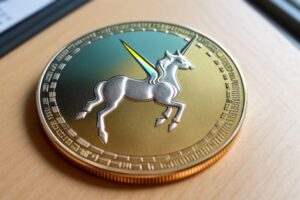
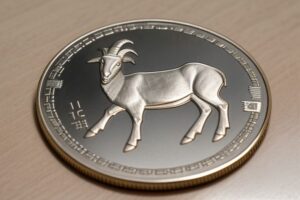







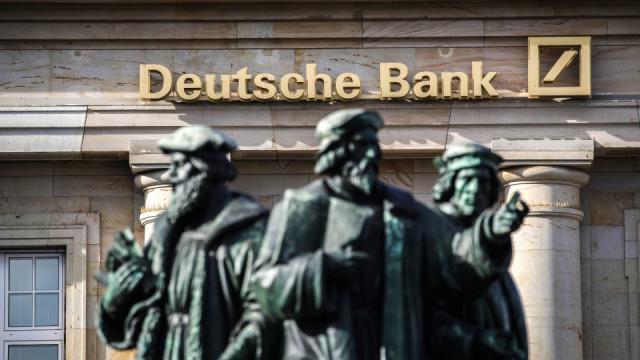

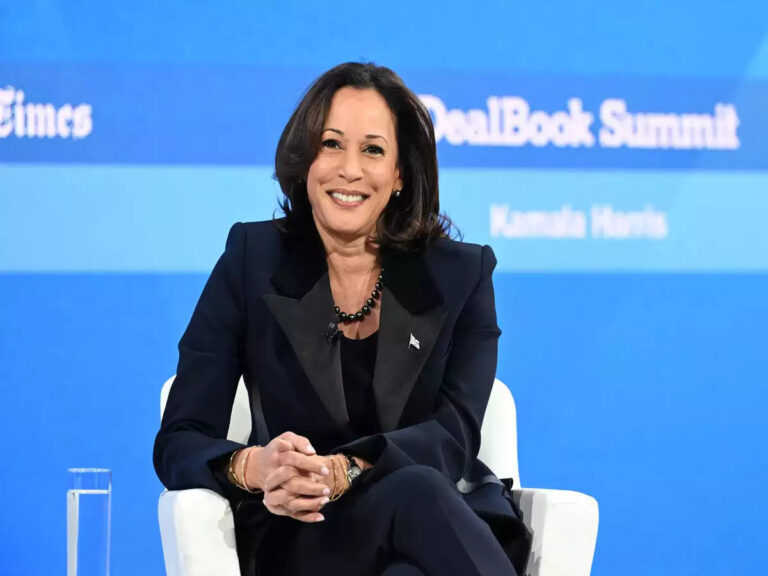
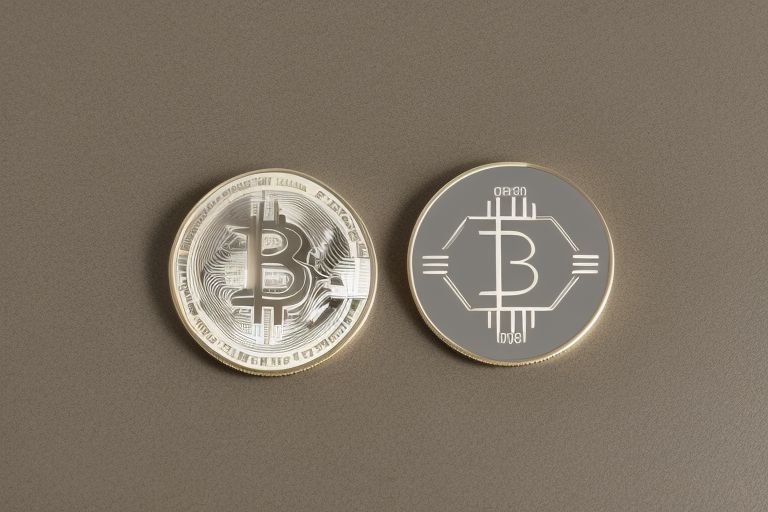
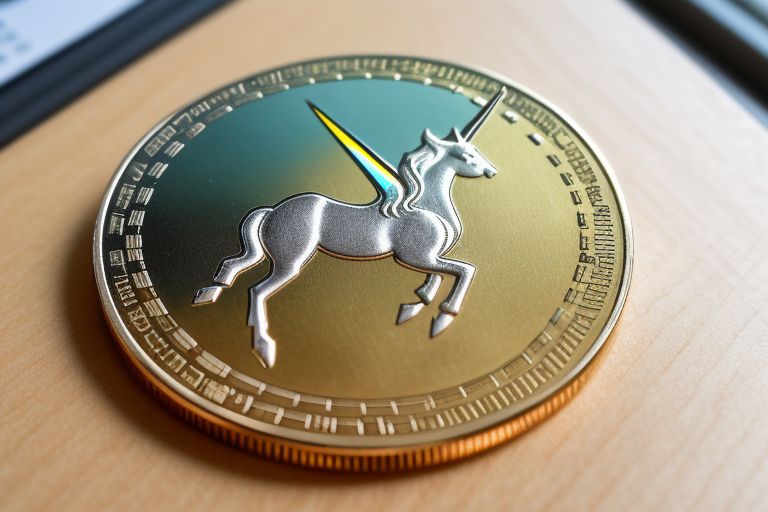



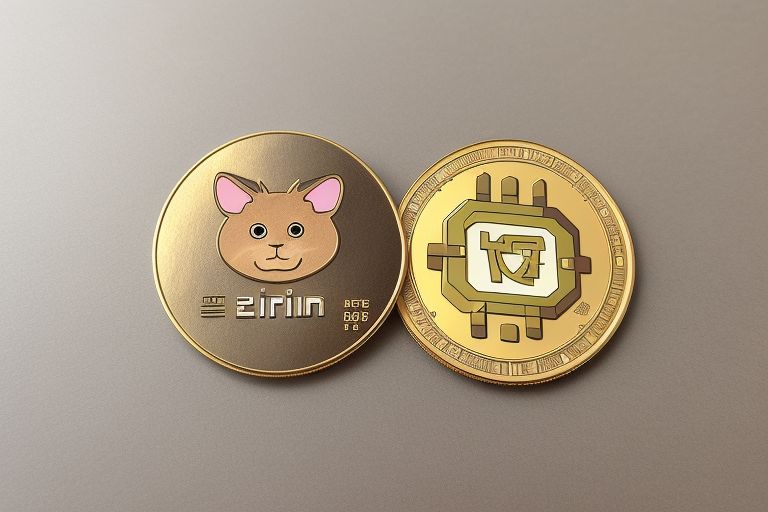


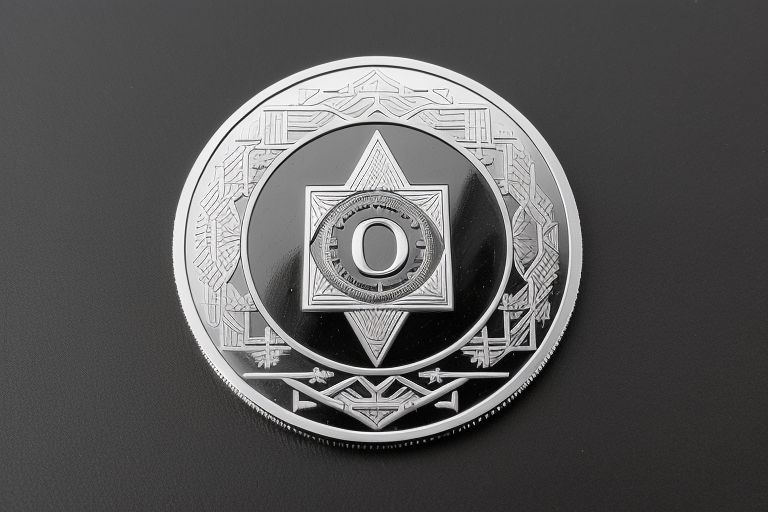

+ There are no comments
Add yours